Mazda RX-8 2004-2011 Sachs Clutch Slave Cylinder
$100.00
Clutch Slave Cylinder Replacement
If your diagnosis indicates that the clutch slave cylinder is failing, timely replacement is crucial. The process typically involves removing the old cylinder, installing the new one, and bleeding the hydraulic system to ensure proper operation. Regular maintenance can help extend the life of your clutch system and prevent unexpected failures.
Category: Engines and Engine parts
Mazda RX-8 2004-2011 Sachs Clutch Slave Cylinder
What is a Clutch Slave Cylinder?
The clutch slave cylinder is a crucial component of a vehicle’s hydraulic clutch system, responsible for transferring the force from the clutch master cylinder to the clutch mechanism itself. When you press the clutch pedal, the master cylinder generates hydraulic pressure that the slave cylinder uses to disengage the clutch, allowing for smooth gear changes. Understanding how this system works is essential for maintaining optimal vehicle performance.
Clutch Slave Cylinder Symptoms
Recognizing the symptoms of a failing clutch slave cylinder is vital for timely repairs. Common signs include difficulty shifting gears, a spongy or soft clutch pedal, and fluid leaks around the slave cylinder area. If you experience any of these symptoms, it may be time to investigate further or consider clutch slave cylinder replacement.
How to Bleed the Clutch Slave Cylinder
Bleeding the clutch slave cylinder is essential for maintaining proper hydraulic function. Air trapped in the hydraulic system can lead to a spongy clutch pedal and poor performance. Here’s how to bleed a clutch slave cylinder effectively:
Gather Your Tools: You’ll need a wrench, clear plastic tubing, and a container to catch the fluid.
Locate the Bleeder Valve: Find the bleeder valve on the clutch slave cylinder.
Attach the Tubing: Connect one end of the tubing to the bleeder valve and place the other end in the container.
Pump the Clutch Pedal: Have an assistant pump the clutch pedal several times and hold it down.
Open the Valve: While the pedal is held down, open the bleeder valve to release the fluid and any trapped air. Close the valve before the pedal is released.
Repeat: Repeat this process until no air bubbles appear in the fluid flowing through the tubing.
How to Test a Clutch Slave Cylinder
Testing the clutch slave cylinder is essential to ensure it operates correctly. To test, check for any fluid leaks, inspect the operation of the clutch pedal, and listen for any unusual noises when pressing the pedal. If the clutch doesn’t engage or disengage smoothly, it might be time for a replacement.
Hydraulic Clutch Slave Cylinder
The hydraulic clutch slave cylinder is a more advanced version of the traditional slave cylinder. It uses hydraulic fluid to operate the clutch mechanism, providing smoother engagement and disengagement. This system requires regular maintenance, including checking fluid levels and bleeding the clutch slave cylinder to remove any air.
Clutch Master Slave Cylinder
moreover, The clutch master slave cylinder duo works together to ensure the hydraulic system functions seamlessly. also, The master cylinder generates pressure, while the slave cylinder applies that pressure to disengage the clutch. If either component fails, it can lead to significant issues with gear shifting.
Clutch Slave Cylinder Replacement
If your diagnosis indicates that the clutch slave cylinder is failing, timely replacement is crucial. The process typically involves removing the old cylinder, installing the new one, and bleeding the hydraulic system to ensure proper operation. Regular maintenance can help extend the life of your clutch system and prevent unexpected failures.
In conclusion, understanding the clutch slave cylinder and its functions can significantly enhance your vehicle maintenance practices. By recognizing symptoms, knowing how to bleed the system, and conducting tests, you can ensure a smooth and reliable driving experience. Keep your hydraulic clutch system in top shape for optimal performance! Mazda RX-8 2004-2011 Sachs Clutch Slave Cylinder
Be the first to review “Mazda RX-8 2004-2011 Sachs Clutch Slave Cylinder” Cancel reply
Related products
Sale!
Engines and Engine parts
Sale!
Engines and Engine parts
Engines and Engine parts
Sale!
Engines and Engine parts
Sale!
Engines and Engine parts
Sale!
Engines and Engine parts
Sale!
Engines and Engine parts
JDM MAZDA RX7 COSMO EUNOS 2OB 3 ROTOR ENGINE 20B 3ROTOR MOTOR SERIES-B


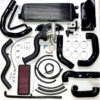

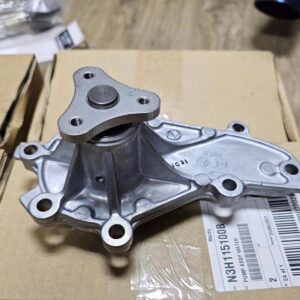



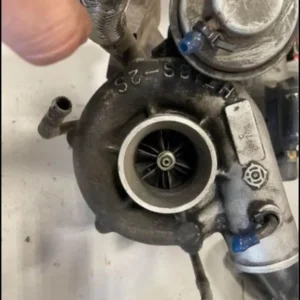
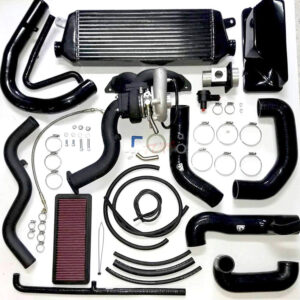
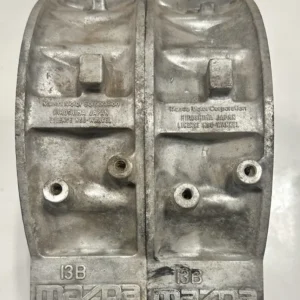

Reviews
There are no reviews yet.